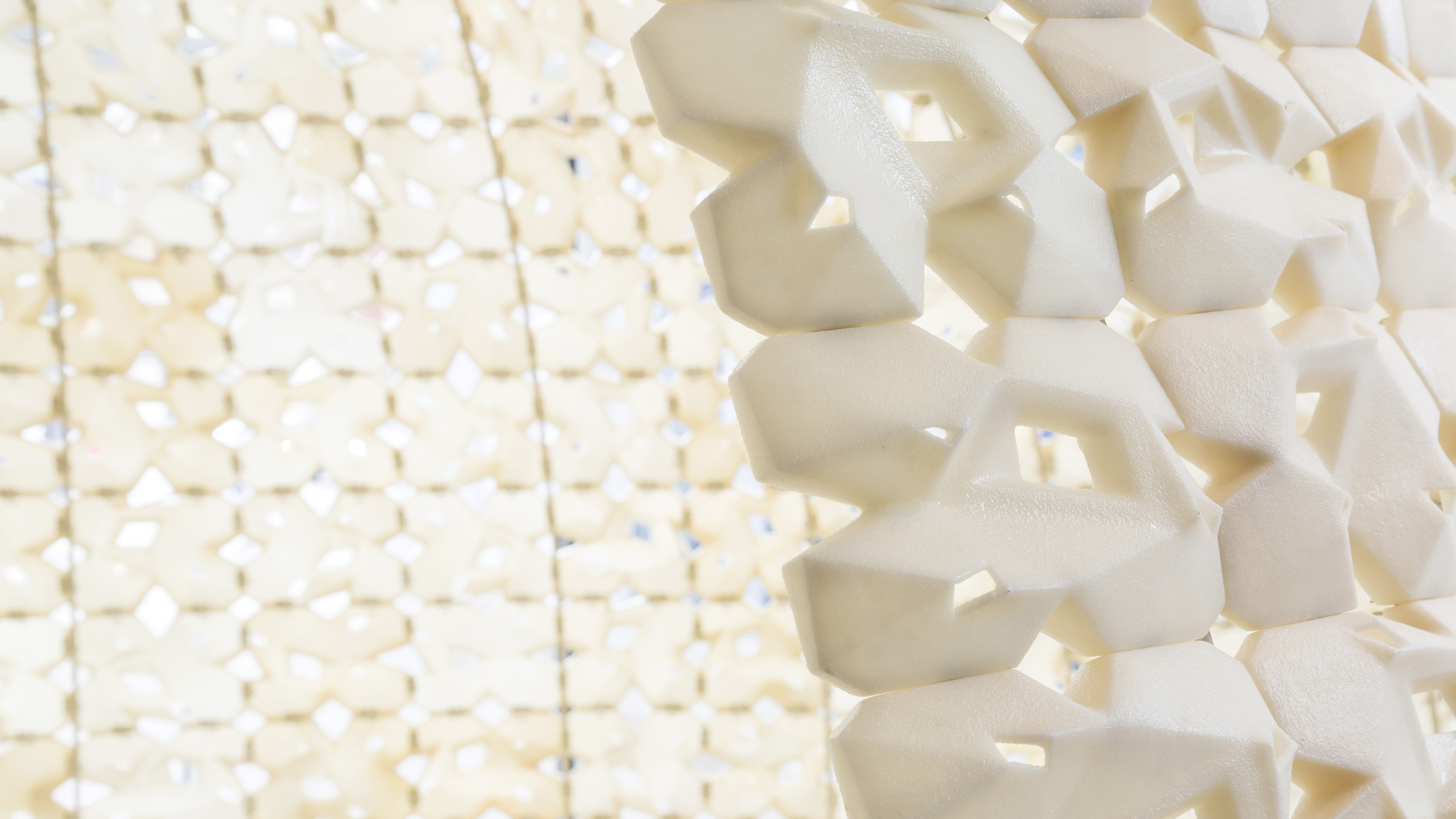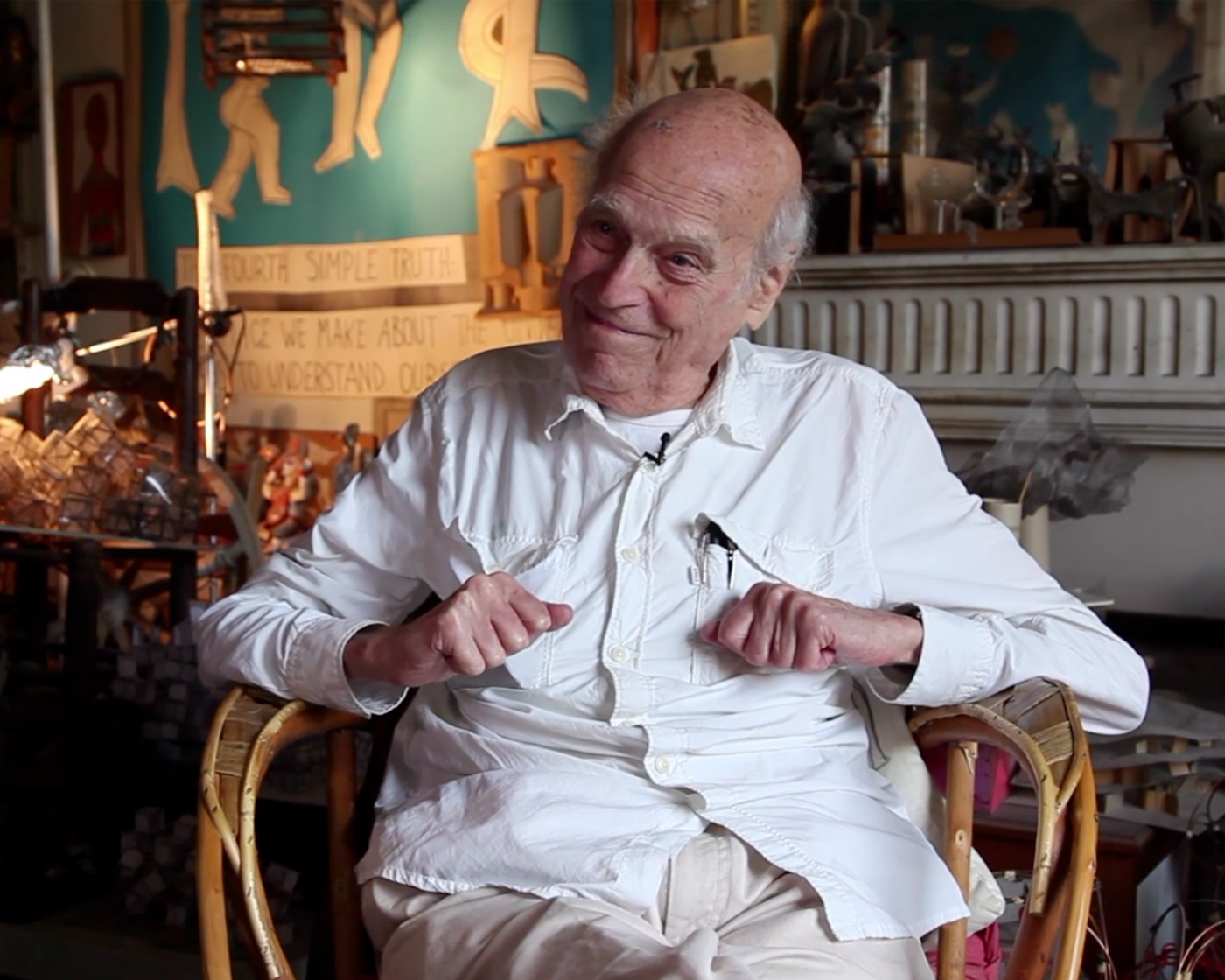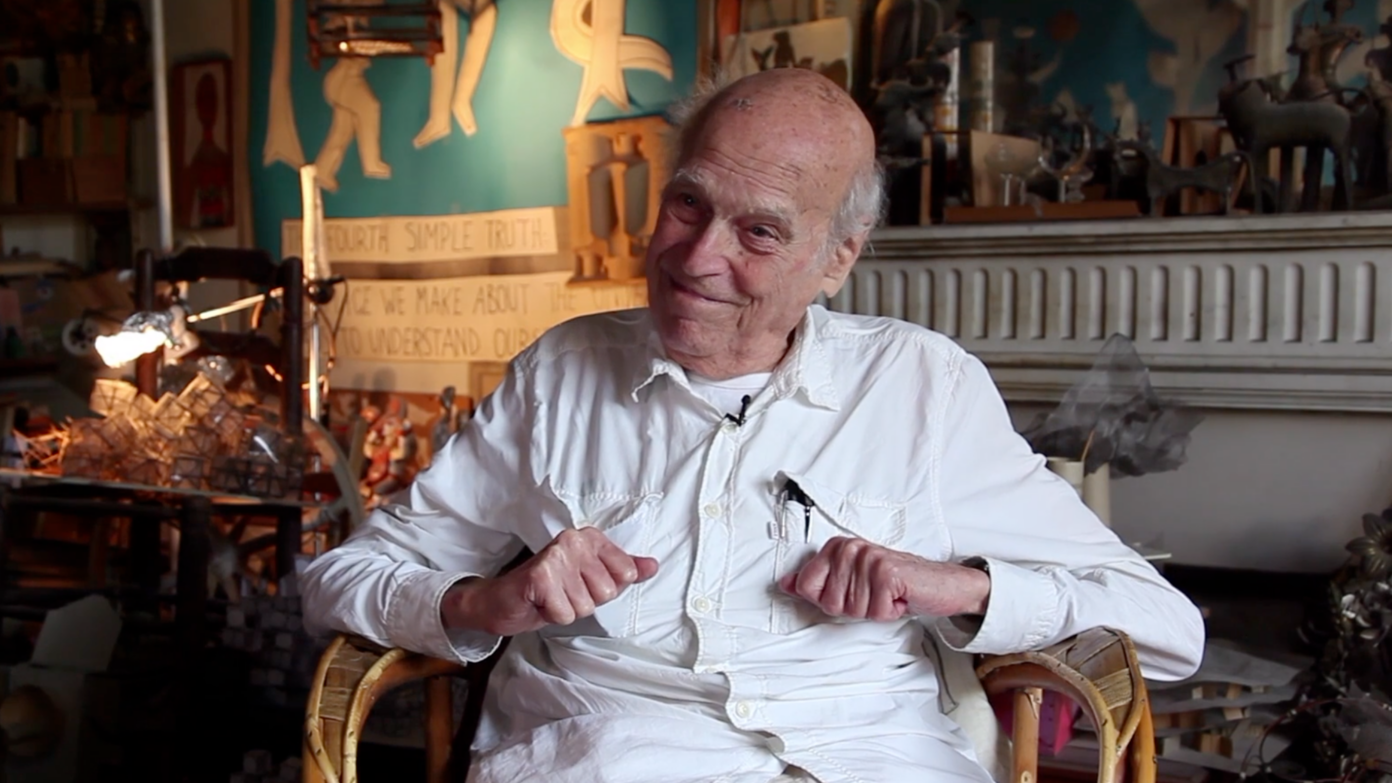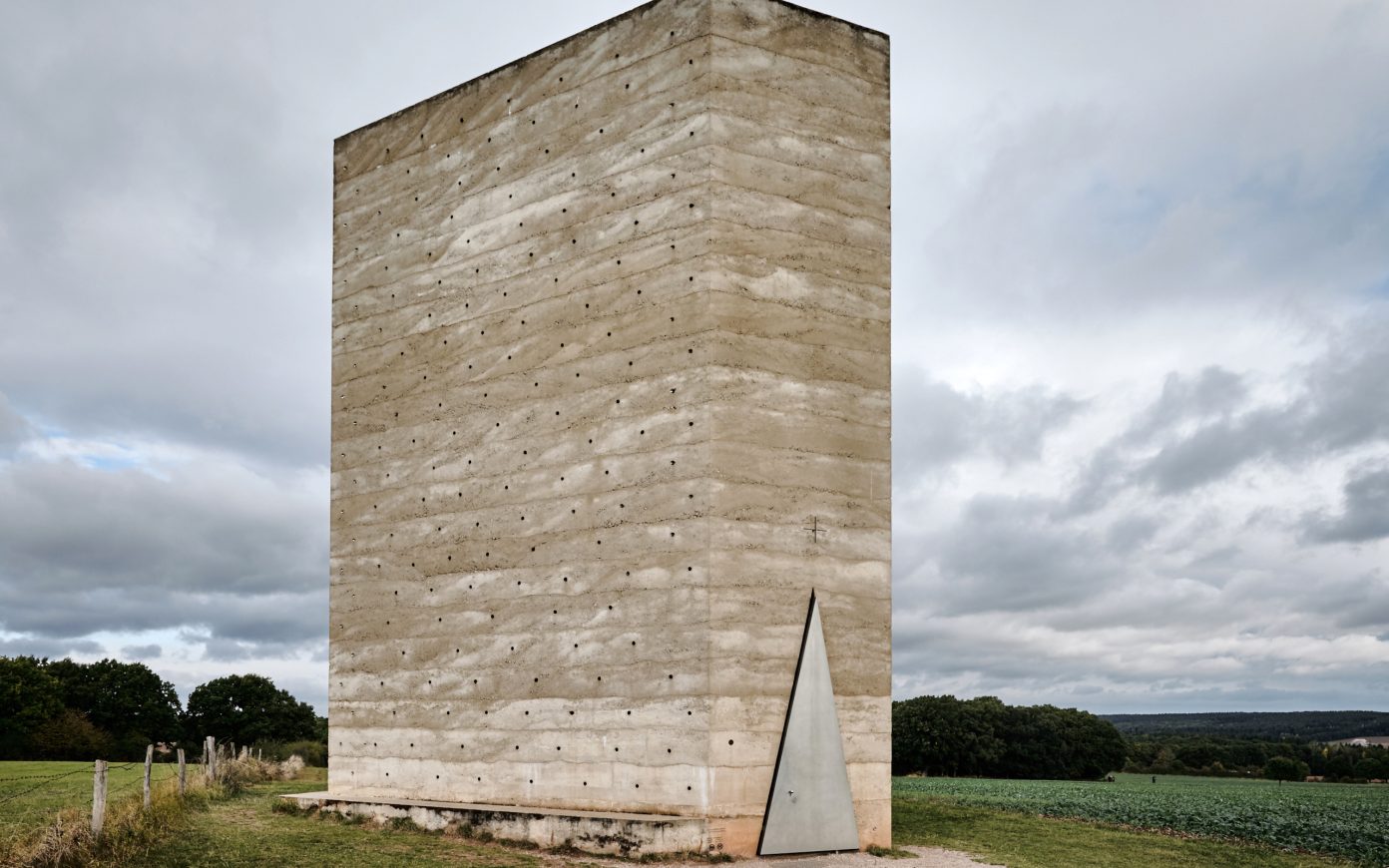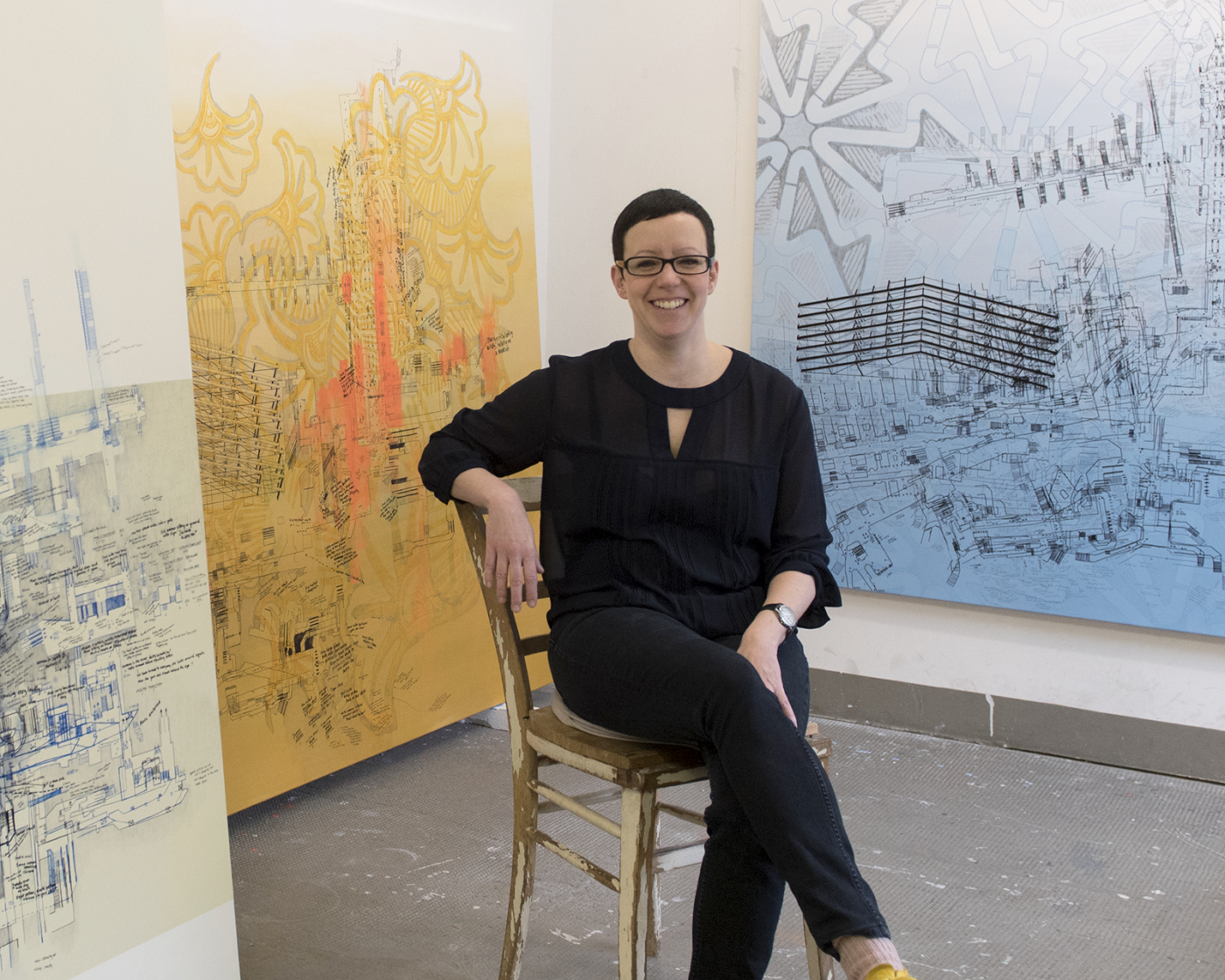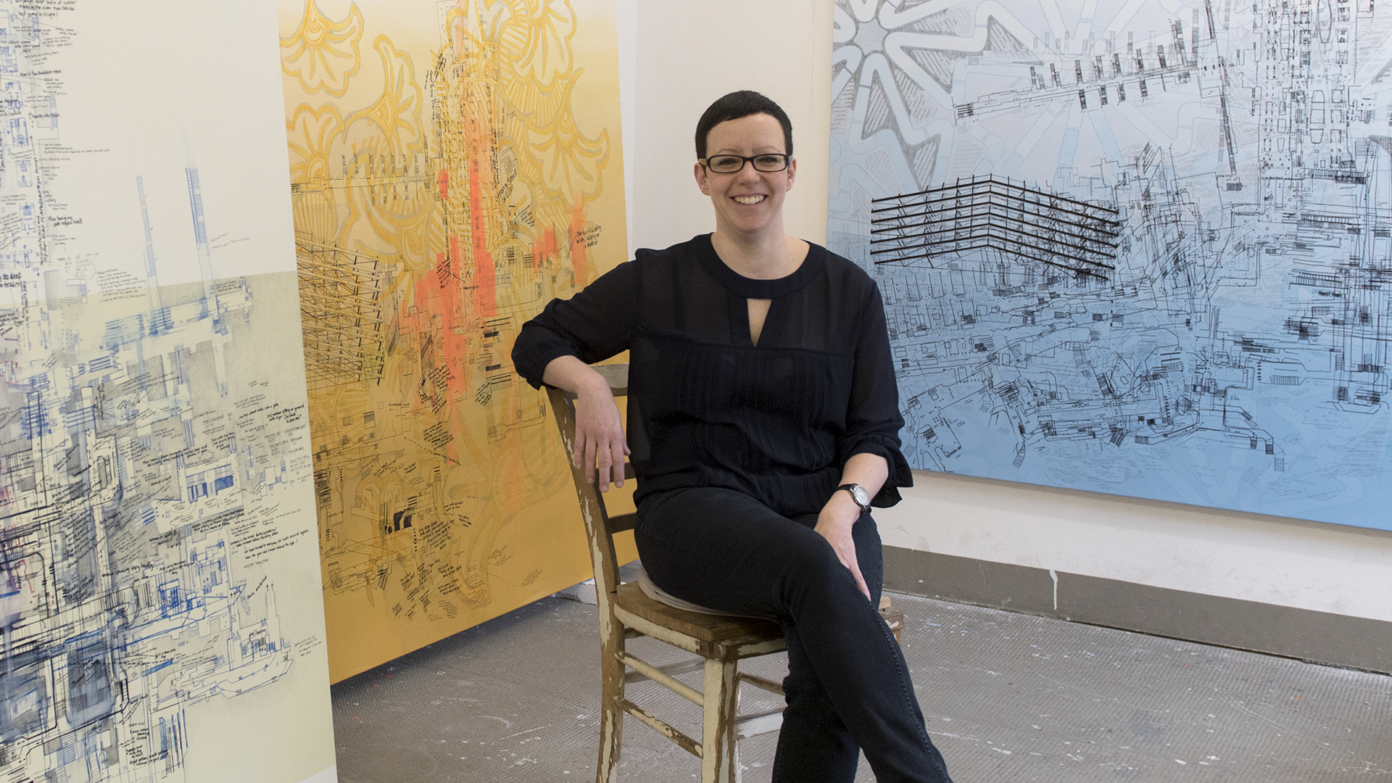While the evolution of our relationships with the living and the environment has long been at the core of the thinking and practices of philosophy and contemporary art, it has taken an unusually long time to emerge in the field of architecture. The researcher and teacher in the field of architecture Léa Mosconi studies the context and history of the French architectural scene’s growing ecological awareness, from its pioneers to its contemporary developments. She has discovered the construction of a narrative, the “ecological narrative,” that offers a vision that is so much more complete than simple notions of energy transition or environmental crisis. It is not simply a question of providing practical responses to these issues, but of modifying our understanding of the world, of questioning our relationship with the living, and of finding ways of being benevolent that allow new links to be created between inhabitants and their surroundings, whether natural or anthropized.
